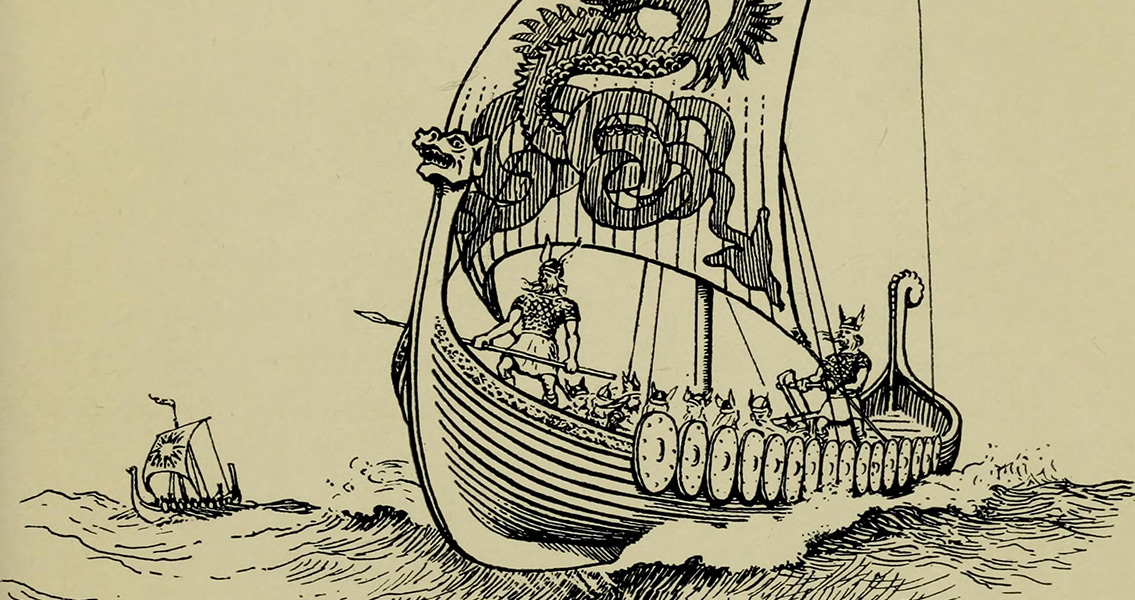<![CDATA[A new research study detailing the discovery of a 1,000-year-old grave of a Viking “warrior of high status” buried in Scotland’s Swordle Bay has just been published. The Scandinavian warrior might have died far from home, but researchers say that the grave goods he was buried with – which included a broad-bladed ax and a large, heavy sword, are Irish, Scottish, and Scandinavian in origin. In fact, Oliver Harris, an archaeologist from the University of Leicester and the lead researcher on the study, remarked that there is more than just a suggestion of a connection between Ireland and Scandinavia. Harris said that there is also valuable information that can be gleaned about the person’s dietary history as well as their connections outside of Swordle Bay, where the grave was discovered in 2011. The location, part of a remote spur of land in western Scotland known as the Ardnamurchan Peninsula, was replete with the trappings of a warrior’s burial, including a shield, spear, sword, and axe. Researchers also found that the individual had been buried in a boat; while the wooden vessel had long since deteriorated, 213 of the metal rivets that would have held the boat together had survived. There were a plethora of other grave goods found within the burial, many of which related to daily life. Items that would have been used in food production, farming, cooking and other types of work were found within. Additionally, a Neolithic stone burial cairn may have been used to create some of the Viking warrior’s grave, according to the scientists. Harris remarked that the Ardnamurchan burial is the first intact Viking boat burial to be excavated by archaeologists on the British mainland. The find is providing significant additions to researchers’ knowledge of the era’s burial practices, he added. The team also discovered a ringed pin created from a copper alloy, likely used as a fastener for a shroud or a cloak; a whetstone constructed from rock of Norwegian origin, and a domed shield boss that would have protected the warrior’s hand in battle. Other discoveries included samples of mineralized wood and textiles. The researchers were quick to point out the importance of taking the entirety of the find as a gestalt and not isolating objects for study. It’s critical to consider that a burial of this time would have been an assemblage that “knits together multiple places, people and moments in time,” the team remarked in a statement. The researchers note that the Viking most likely grew up in Scandinavia. This is based on isotope analysis of the teeth, which revealed an elemental isotope signature that indicates the man’s diet consisted of food sourced from that region as he grew. Isotope analysis can reveal a plethora of information, including indications if someone was subject to poor nutrition as a child or adolescent. The research study, which was recently published in the journal Antiquity, can be found online here]]>
Grave of “High Status” Viking Warrior Discovered in Scotland
